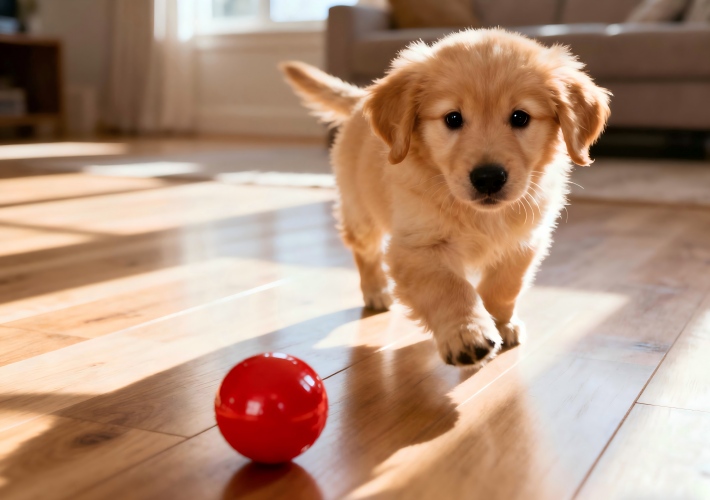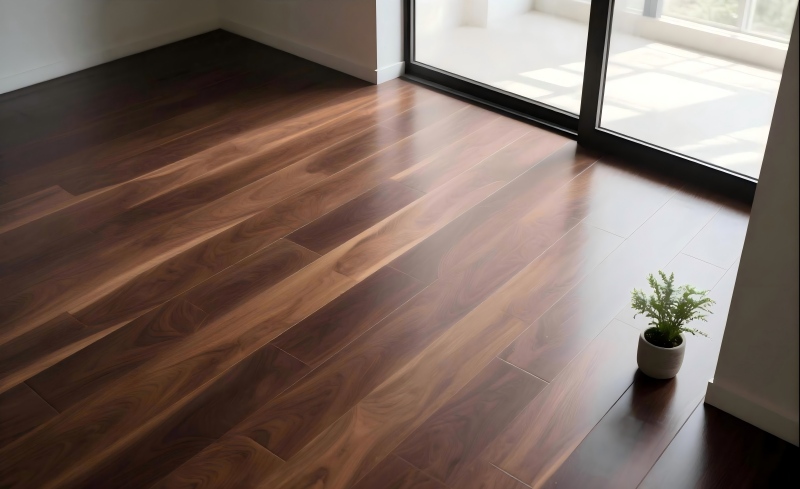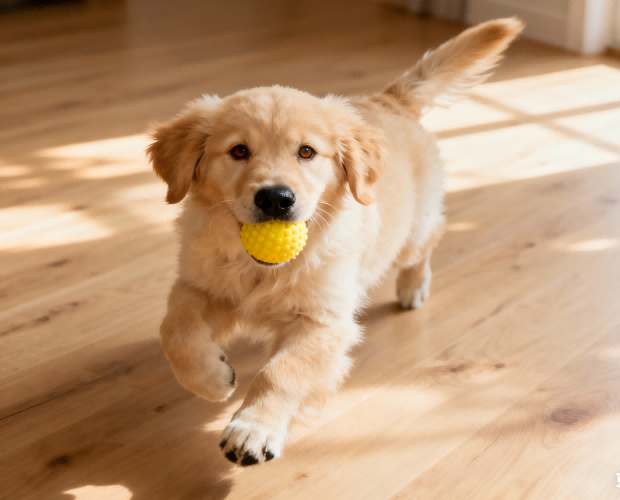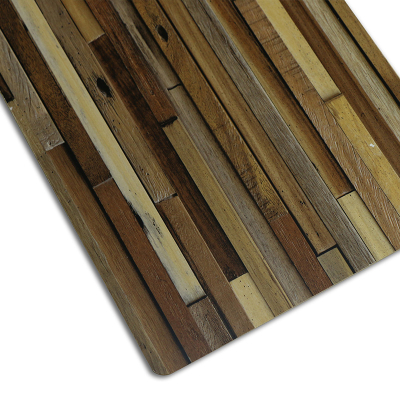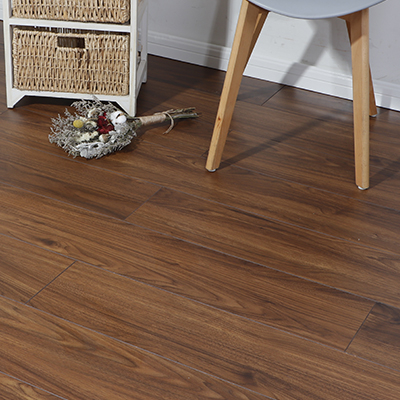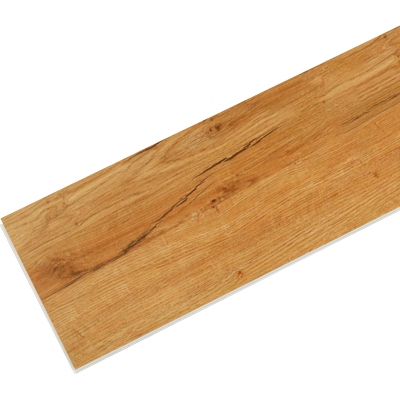Will dogs ruin engineered hardwood floors?
一. In-depth Analysis: Three Major Mechanisms of Damage and Professional Analysis
To effectively prevent it, it is first necessary to precisely understand how damage occurs. The challenges that dogs pose to the floor mainly stem from their physiological characteristics and behavioral habits, which are specifically reflected in three physical and chemical dimensions:
1. Youdaoplaceholder0 - scratch
The fundamental reason: A dog's nails are composed of keratin and are very hard. Regardless of the length of the nails, during daily walking, especially when running, making sudden stops, turning or playing, the nails will rub and scratch the floor surface like miniature knives. Large dogs, heavier dog breeds, and those with lively and explosive nature (such as Labradors and Border Collies) are at higher risk because they generate more kinetic energy.
Manifestation: In the early stage, it usually presents as fine, pale, superficial fine lines. These scratches will damage the paint film on the floor surface. Over time and with the accumulation of scratches, the gloss of the floor will decline and become dull.
Professional Insight: The severity of scratches is closely related to the surface Finish of the floor. A Gloss or glossy floor is like a mirror, and any tiny scratch will become extremely clear due to the reflection of light. Matte, Satin or matte textured floors, due to their own diffuse reflection of light, have a very strong "concealing" ability and can effectively hide these tiny marks of use.
2. Impact & Pressure - Indentations
The fundamental reason: According to the pressure formula (P=F/A), pressure is inversely proportional to the area under which the force is applied. The weight (F) of A dog acts on the floor through its small paw pads, nail tips or elbow joints (A) when lying down, generating tremendous pressure that exceeds the compressive limit of the wood cell structure, thereby causing permanent plastic deformation, namely indentations.
Professional knowledge: The core indicator for measuring wood's resistance to indentation is the Janka Hardness Scale. This test quantifies the hardness of wood by the force required to press a steel ball into the wood to half its depth (measured in pound force lbf). The higher the value, the harder the wood.
Low-hardness woods (high-risk) : Southern Pine (690 lbf), Black Walnut (1010 lbf), Cherry (995 lbf). These woods are relatively soft in texture, and even a medium to small-sized dog may cause indentations.
High-hardness woods (recommended) : White Oak (1360 lbf), Hickory (1820 lbf), Hard Maple (1450 lbf). For large dog families, exotic hardwoods such as Brazilian walnut /Ipe (about 3500 lbf) or composite leaf softwood /Cumaru (3540 lbf) can even be considered.
Important note: The hardness of engineered solid wood flooring only depends on the type of wood used for the outermost layer of solid wood veneer, and has nothing to do with the underlying base material layer.
3. Moisture - Warping, swelling and discoloration
The root cause: This is the most serious and usually irreversible damage. The water sources come from a dog's spilled water bowl, rainwater or snow water brought back from outdoors, and accidental urine. If these liquids are not cleaned up thoroughly and immediately, they will seep in through the lock joints of the floor.
Professional Insight: The structure of engineered solid wood flooring is multi-layered, typically composed of a surface solid wood veneer layer and a base layer (such as Plywood or high-density fiberboard HDF) pressed together. Although its multi-layer structure makes it more stable and moisture-resistant than solid wood flooring, it is by no means waterproof.
High-density fiberboard core: This is the most common base material, and its essence is a laminated board of wood fibers and resin. Once water seeps in, HDF will absorb moisture like a sponge, causing the edges of the boards to expand and Cupping, and the entire floor flatness to be lost.
The core of Plywood: Generally, it has slightly better moisture resistance than HDF, but it is still afraid of long-term water immersion.
In addition, pets' urine is not only water but also contains urea and uric acid. These substances can chemically corrode the surface paint layer and penetrate into the wood, causing permanent discoloration and odor.
二. Professional Solutions: How to Build a "Dog-Friendly" Floor System
The solution is a dual-track system: one is to make wise product choices before decoration (addressing the root cause), and the other is to implement effective maintenance strategies in daily life (treating the symptoms).
A. the Fundamental Solution: Choosing the Right Floor
If you are in the renovation stage, your choices will fundamentally determine the future maintenance costs.
1. Ultimate solution: Go beyond solid wood and choose a superior category
Luxury vinyl board (LVP/LVT) : This is currently the absolute first choice for pet-owned families in the European and American markets. It is made of 100% waterproof PVC material, perfectly solving all the pain points of engineered solid wood:
100% waterproof: The entire board is not afraid of water, completely eliminating moisture damage.
Outstanding impact and scratch resistance: The surface Wear Layer is usually specially treated and highly resistant to dog claws.
Real wood grain: Advanced printing technology makes its appearance and touch extremely similar to real wood flooring.
Comfortable foot feel: It usually has a certain degree of elasticity and is more friendly to dogs' joints.
Waterproof laminate flooring: Traditional laminate flooring is afraid of water, but the new generation of products adopts a waterproof core (usually stone plastic composite material SPC), solving the problem of the base material being afraid of water. The aluminum oxide wear-resistant layer on its surface is one of the most scratch-resistant among all floors. But be sure to choose a model that is truly Waterproof (Waterproof), not just Water-Resistant (water-resistant), and make sure the seams are properly handled during installation.
2. Insist on choosing engineered solid wood: Key purchasing indicators
If you are fond of the natural texture of real wood, please be sure to pay attention to the following indicators
Wood hardness: Directly refer to the Yangka hardness table and without hesitation choose white oak, hickan, maple or wood with higher hardness. This is the first line of defense against dents.
Surface treatment
Aluminum Oxide treatment: This is a standard feature for commercial flooring and the best choice for pet families. It is an extremely hard transparent coating that penetrates into the wood fibers, providing unparalleled scratch protection. Be sure to confirm with the supplier when making a purchase.
Oil Finish: It has been very popular in Europe in recent years. Its advantage is that the scratches are not obvious and local damage is easy to repair (just reapply the care oil). The disadvantages are that it requires regular maintenance and its resistance to liquids is not as good as that of a paint surface with good sealing properties.
Appearance style
Hand-scraped, Textured and Reclaimed styles: These floors that have been pre-treated with uneven textures are designed to be "retro" and "aged" in themselves. Any minor scratches caused by the dog in the future will blend in with the original texture and become almost imperceptible, which is an aesthetic "perfect disguise".
B. Remedy: Daily System Maintenance (Maintenance & Dog Care)
If the floor has already been installed, then a strict maintenance procedure is your guardian angel.
1. Java Management (The First Line of Defense)
Regular pruning and polishing: This is the most important and effective measure. Long nails not only scratch the floor but also affect a dog's gait and bone health. It is recommended to prune it every 2 to 3 weeks. After that, use a Nail Grinder/Dremel to grind the sharp edges after trimming into smooth arcs, completely eliminating the "claw edge".
Claw pad care: Regularly inspect and care for the claw pads to prevent them from cracking and concealing sand and gravel.
2. Strategic Protection
The application of carpets and floor MATS: This is not decoration but strategic investment.
High-traffic areas: Place long carpets (Runners) along the paths that dogs must pass through, such as corridors, entrances, and stairwells.
Activity Area: Place a large Area Rugs in the dog's favorite play area, beside the sofa.
Functional area: Waterproof and stain-resistant floor MATS must be used under the dog bed, food bowl and water bowl. It is recommended to use feeding pads made of faux leather or silicone, which can be wiped clean easily.
Benefits: It not only protects the floor but also provides grip for dogs, preventing them from slipping when running and safeguarding their joints.
3. Immediate Cleanup Protocol
Immediate response: Any liquid, whether it is clear water, urine or food residue, must be disposed of immediately. This is the only way to prevent damage from moisture. Absorb the dry cloth or paper towel. If necessary, use a small amount of special floor cleaner to moisten the cloth for a second cleaning and dry it quickly.
Entrance management system: Place high-quality doormats at the entrance door and encourage and train dogs to "wait for their feet to be wiped" after entering. After rainy or snowy days, be sure to thoroughly dry its PAWS, abdomen and any wet fur with a towel to prevent sand and moisture from being brought into the room. Mud and sand are natural abrasives that can significantly accelerate the wear and tear of the floor.
4. Routine Floor Care
Frequent vacuuming: Use a soft-bristled brush head to vacuum regularly to remove sand and dust from the ground.
Use recommended cleaning agents: Always use the cleaning products recommended by the floor manufacturer. Avoid using steam mops (high-temperature steam can damage the paint film and may seep into the seams), vinegar (acidic, long-term use will damage the finish) or waxy products (will make the floor slippery and difficult to maintain).

